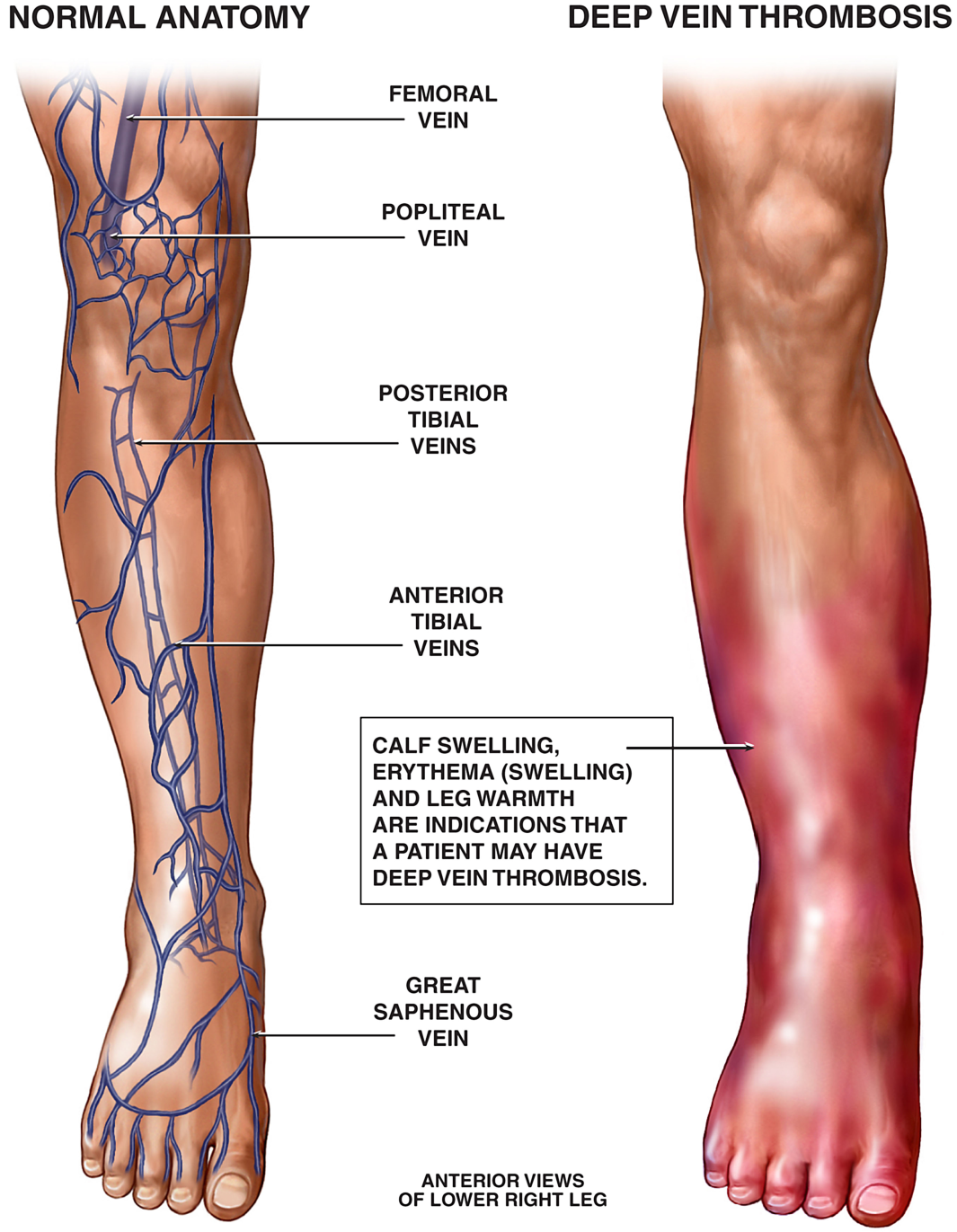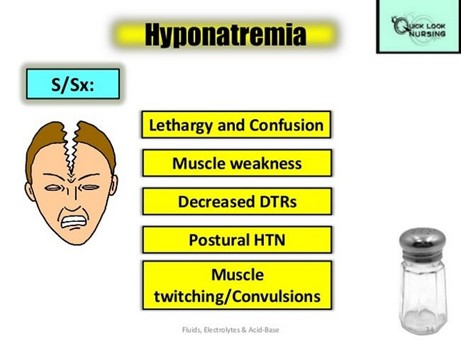A nurse is assisting with scoliosis screenings for students at a public school.
Which of the following findings should the nurse recognize as an indication of scoliosis?
Expansion of the upper intercostal spaces.
Increased convex curve of the cervical spine.
Increased concave curve of the thoracic spine.
Unequal height of the shoulders.
The Correct Answer is D
The correct answer is choice D. Unequal height of the shoulders.
This is because scoliosis is a condition characterized by sideways curvature of the spine that can cause asymmetry of the shoulders, shoulder blades, and hips.
A scoliosis screening is a test that checks for this asymmetry by having the child bend forward from the waist and looking for any prominence of the rib cage or the spine.
Choice A is wrong because expansion of the upper intercostal spaces is not a sign of scoliosis, but rather a sign of hyperinflation of the lungs due to conditions such as asthma or emphysema.
Choice B is wrong because increased convex curve of the cervical spine is not a sign of scoliosis, but rather a sign of kyphosis, which is an excessive outward curvature of the upper spine.
Choice C is wrong because increased concave curve of the thoracic spine is not a sign of scoliosis, but rather a sign of lordosis, which is an excessive inward curvature of the lower spine.
Nursing Test Bank
Naxlex Comprehensive Predictor Exams
Related Questions
Correct Answer is D
Explanation

Correct Answer is B
Explanation

This means low sodium levels in the blood.
Sodium is an electrolyte that helps regulate fluid balance and nerve and muscle function.
Vomiting and diarrhea can cause dehydration and loss of sodium through fluids.
Normal sodium levels are between 135 to 145 millimole/Liter.
Choice A is wrong because hypermagnesemia means high magnesium levels in the blood.
Magnesium is another electrolyte that helps with nerve and muscle function, as well as blood pressure and blood sugar regulation.
Hypermagnesemia is rare and usually caused by kidney failure or excessive use of magnesium supplements or laxatives.
Normal magnesium levels are between 1.46 to 2.68 milligram/deciliter.
Choice C is wrong because hypocalcemia means low calcium levels in the blood.
Calcium is an electrolyte that helps with bone health, muscle contraction, blood clotting and nerve signaling.
Hypocalcemia can be caused by vitamin D deficiency, kidney disease, thyroid problems or certain medications.
Normal calcium levels are between 8.8 to 10.7 milligram/deciliter.
Choice D is wrong because hyperkalemia means high potassium levels in the blood.
Potassium is an electrolyte that helps with nerve and muscle function, especially the heart.
Hyperkalemia can be caused by kidney disease, diabetes, adrenal gland disorders or certain medications.
Normal potassium levels are between 3.6 to 5.5 millimole/Liter.
Whether you are a student looking to ace your exams or a practicing nurse seeking to enhance your expertise , our nursing education contents will empower you with the confidence and competence to make a difference in the lives of patients and become a respected leader in the healthcare field.
Visit Naxlex, invest in your future and unlock endless possibilities with our unparalleled nursing education contents today
Report Wrong Answer on the Current Question
Do you disagree with the answer? If yes, what is your expected answer? Explain.
Kindly be descriptive with the issue you are facing.
